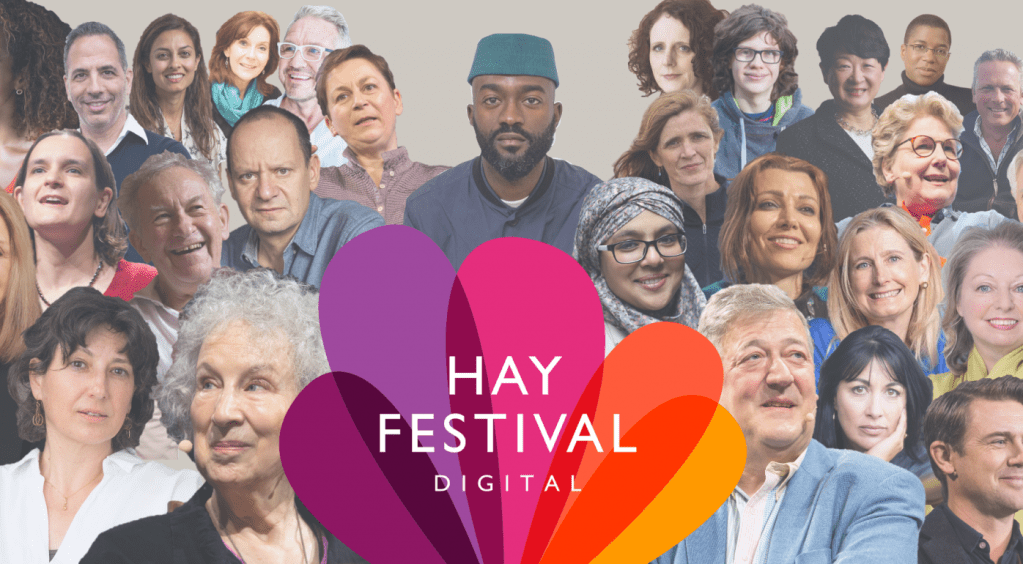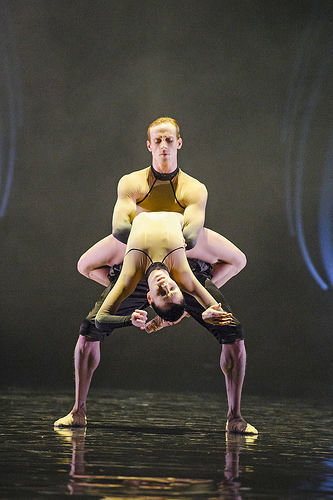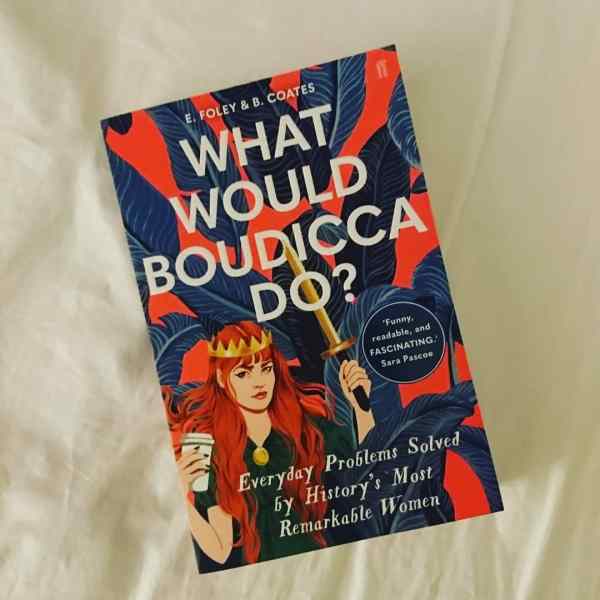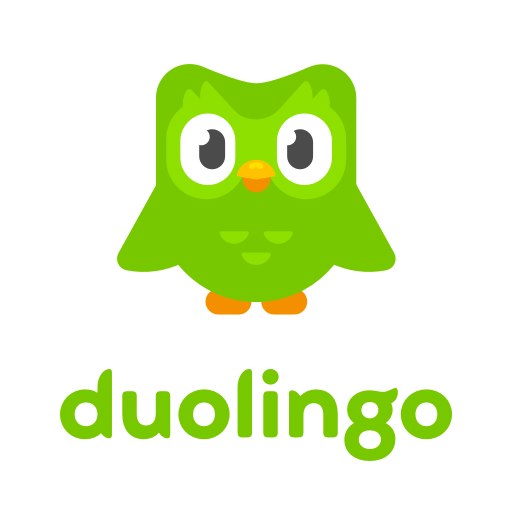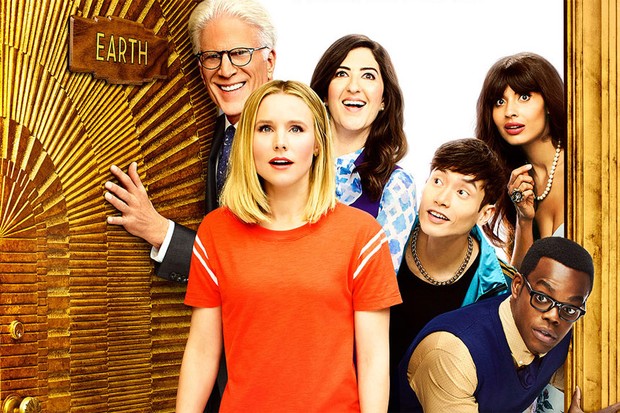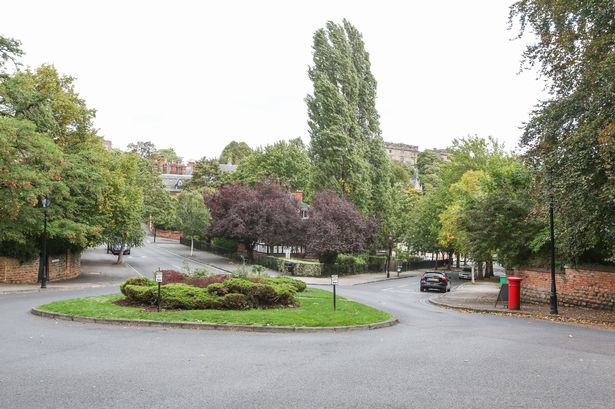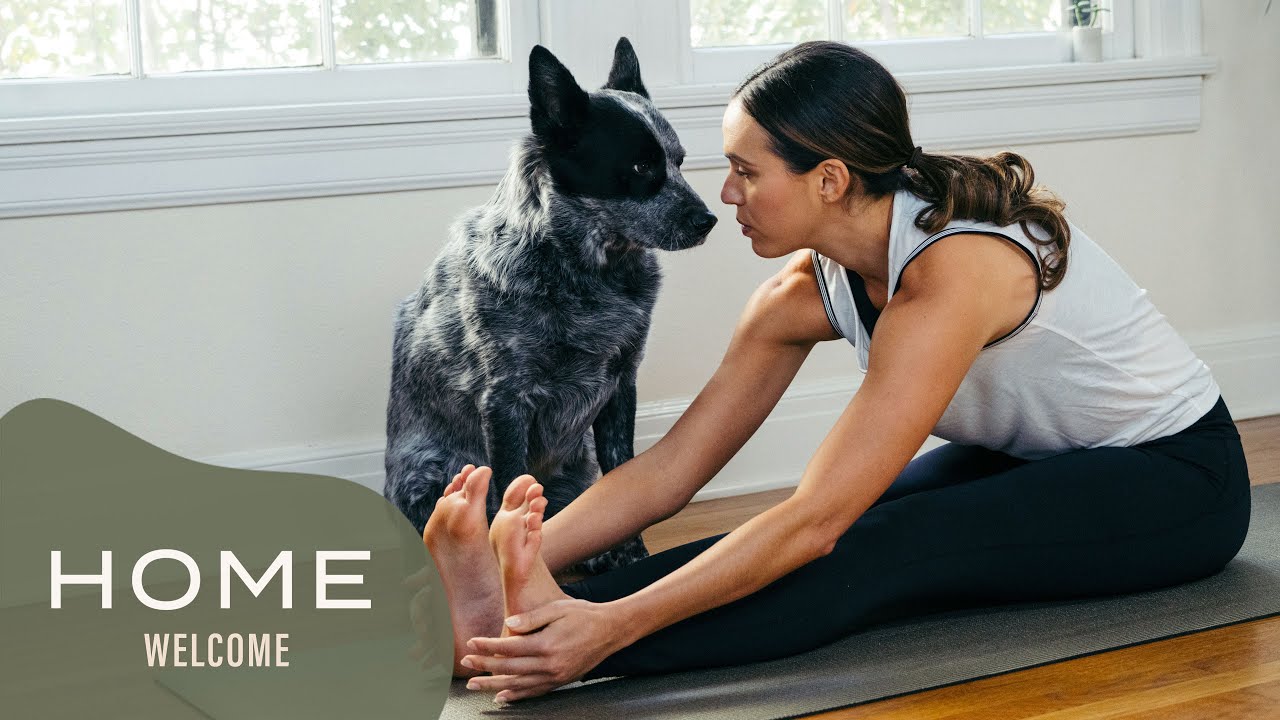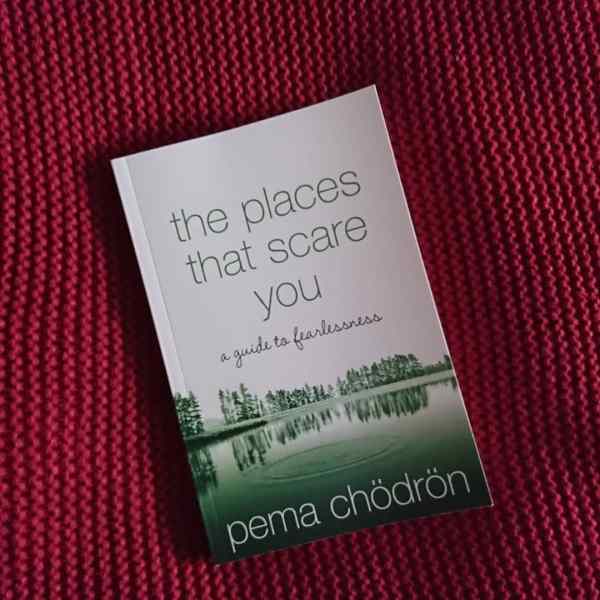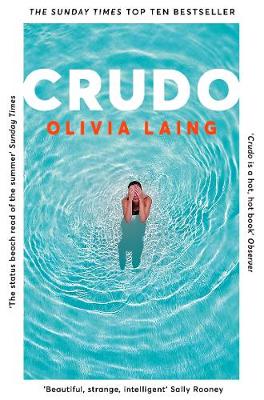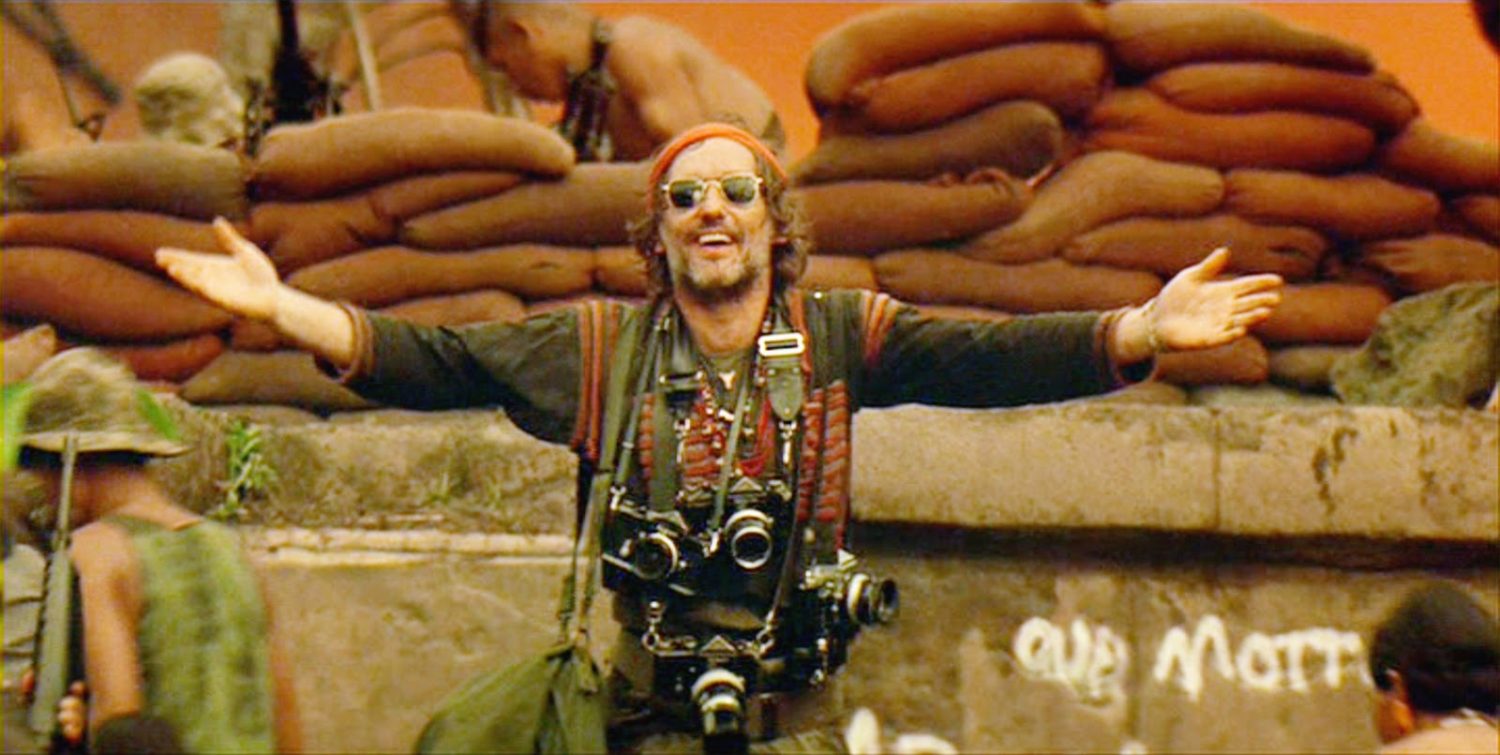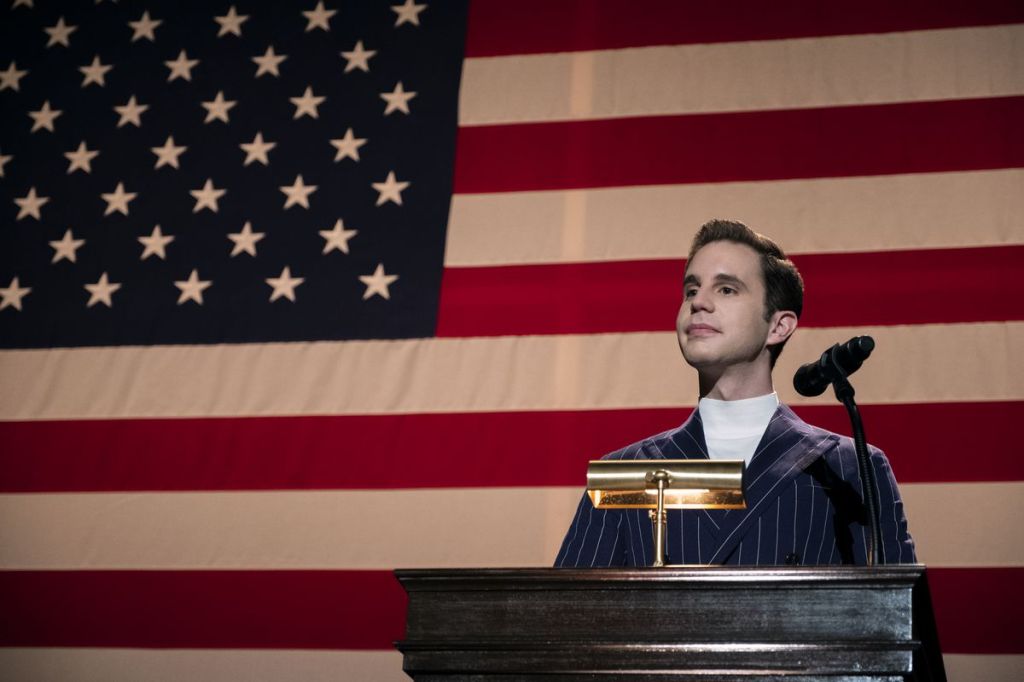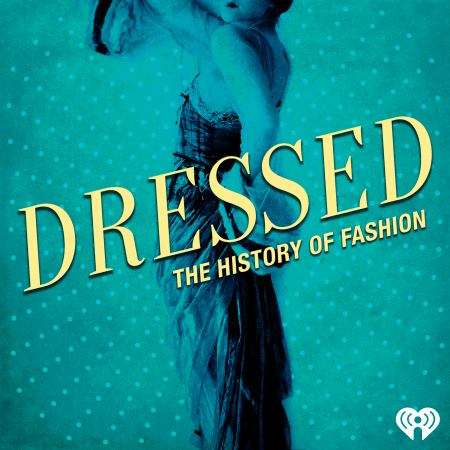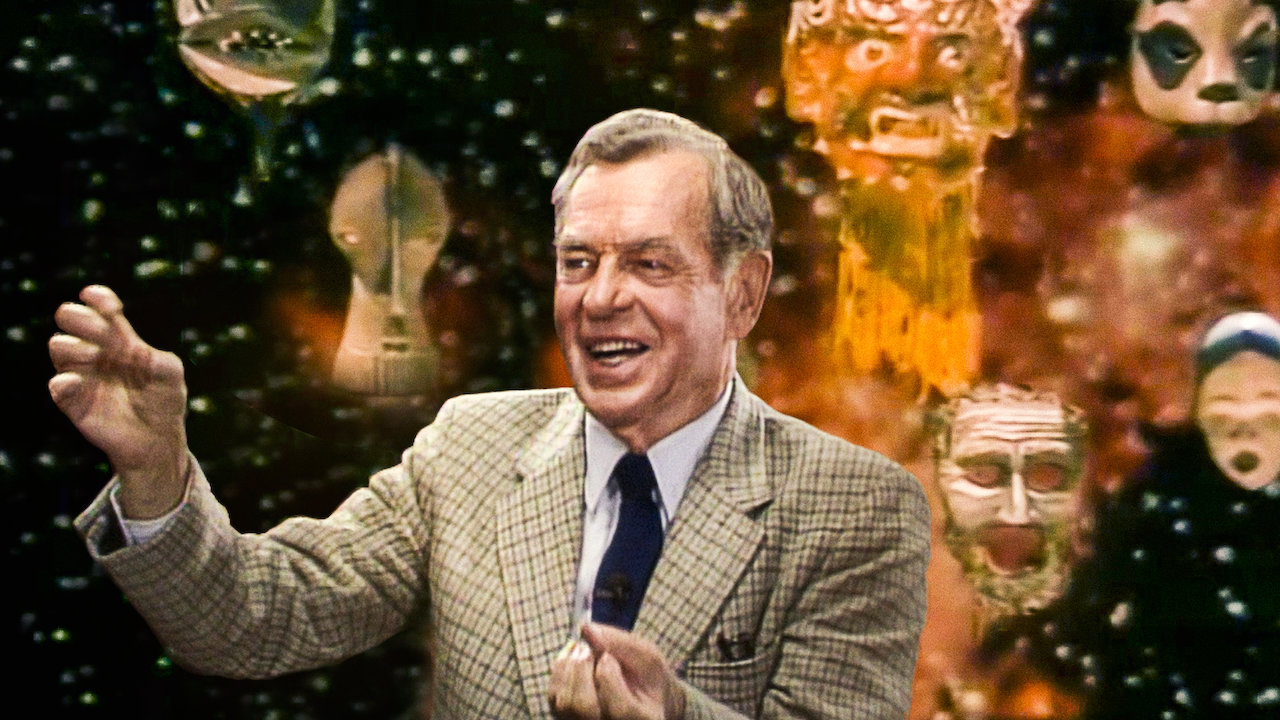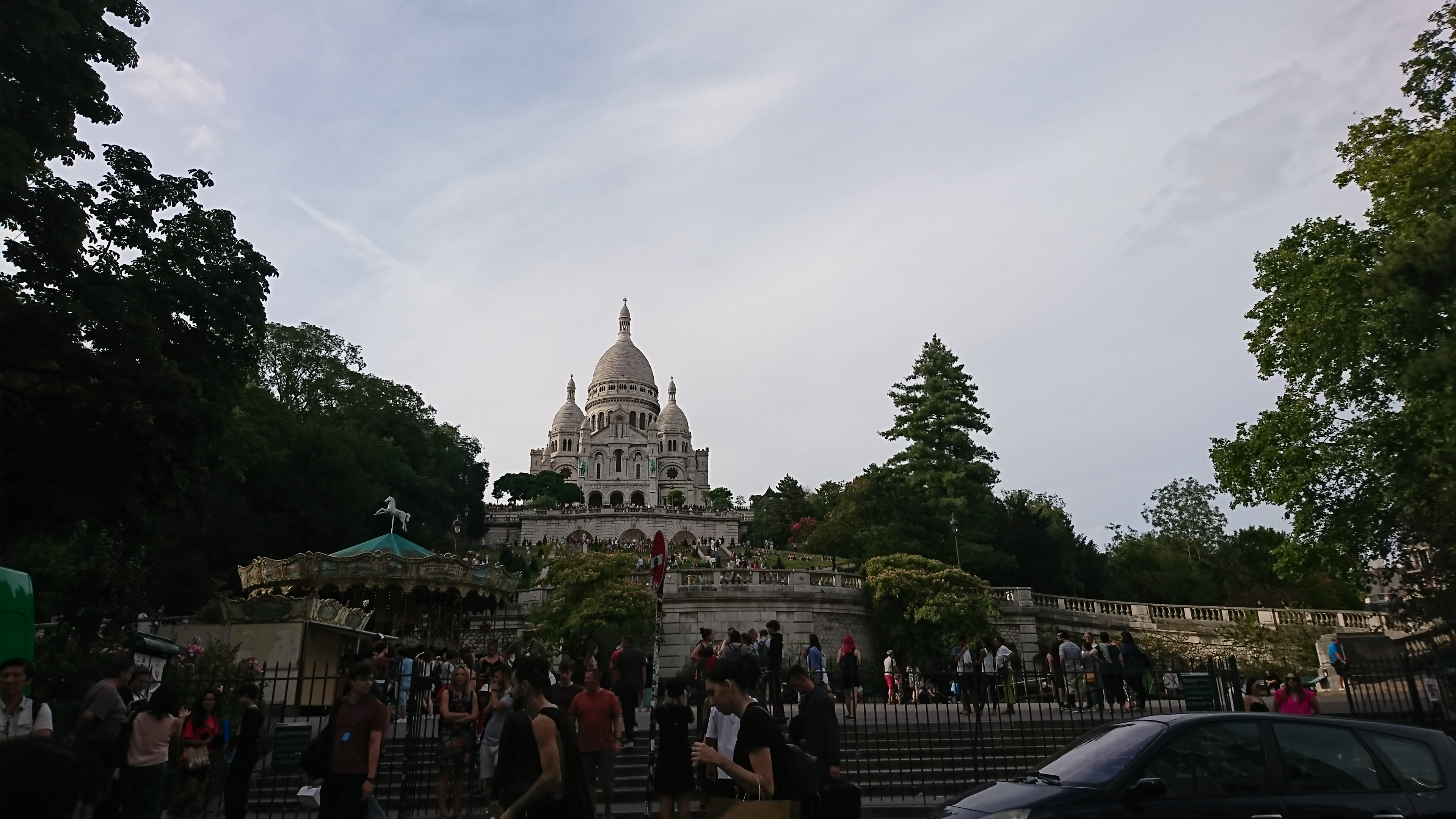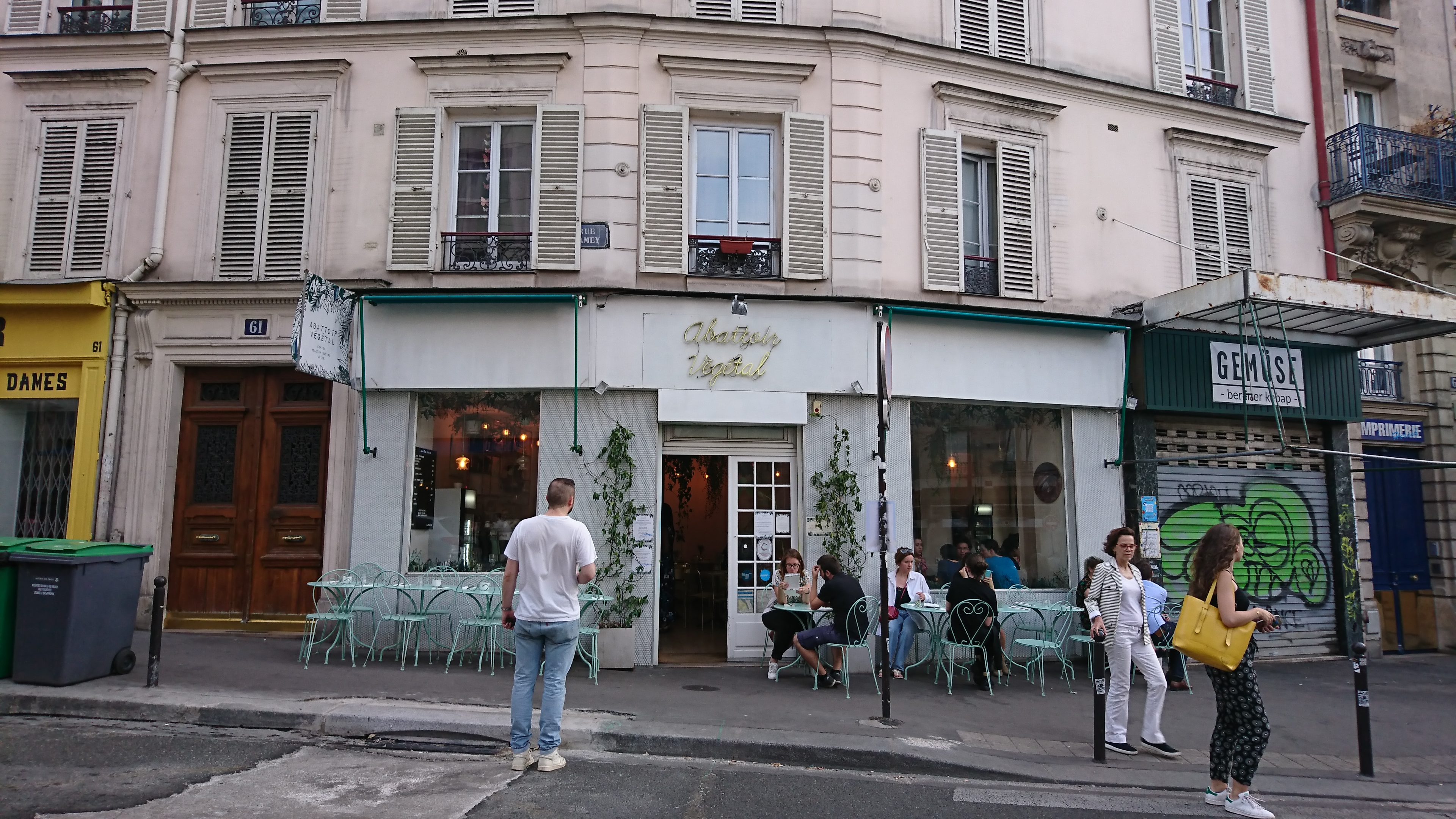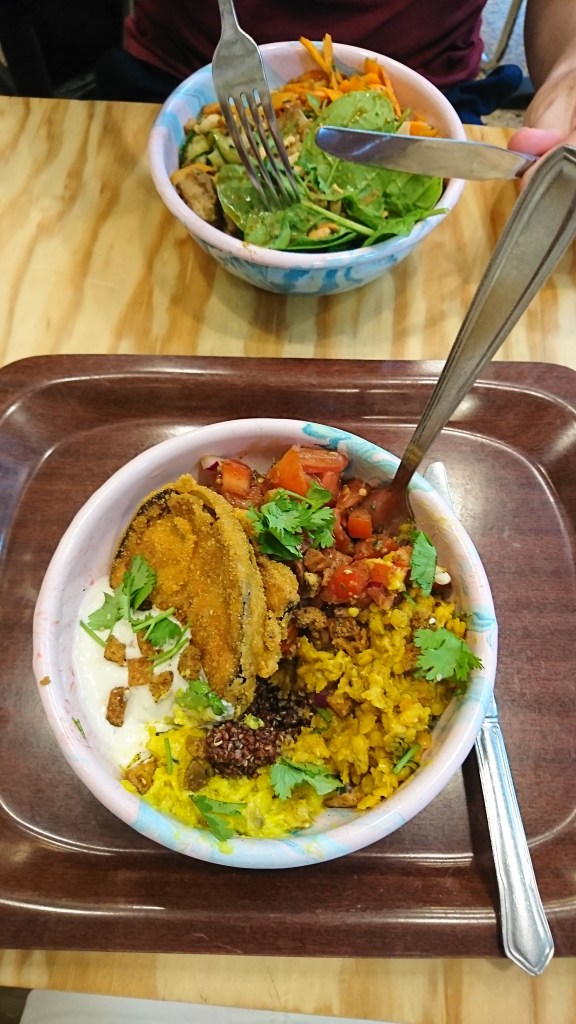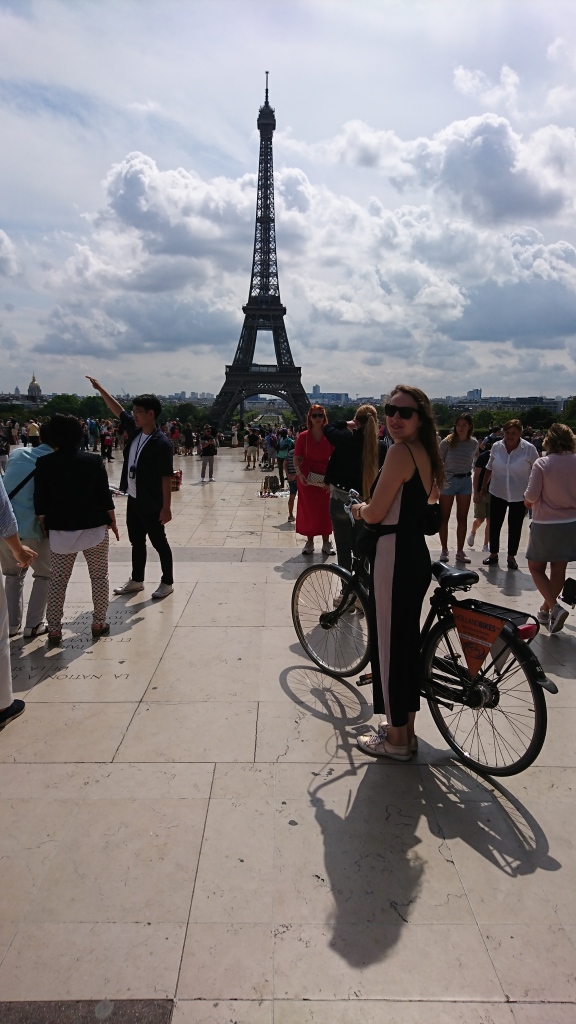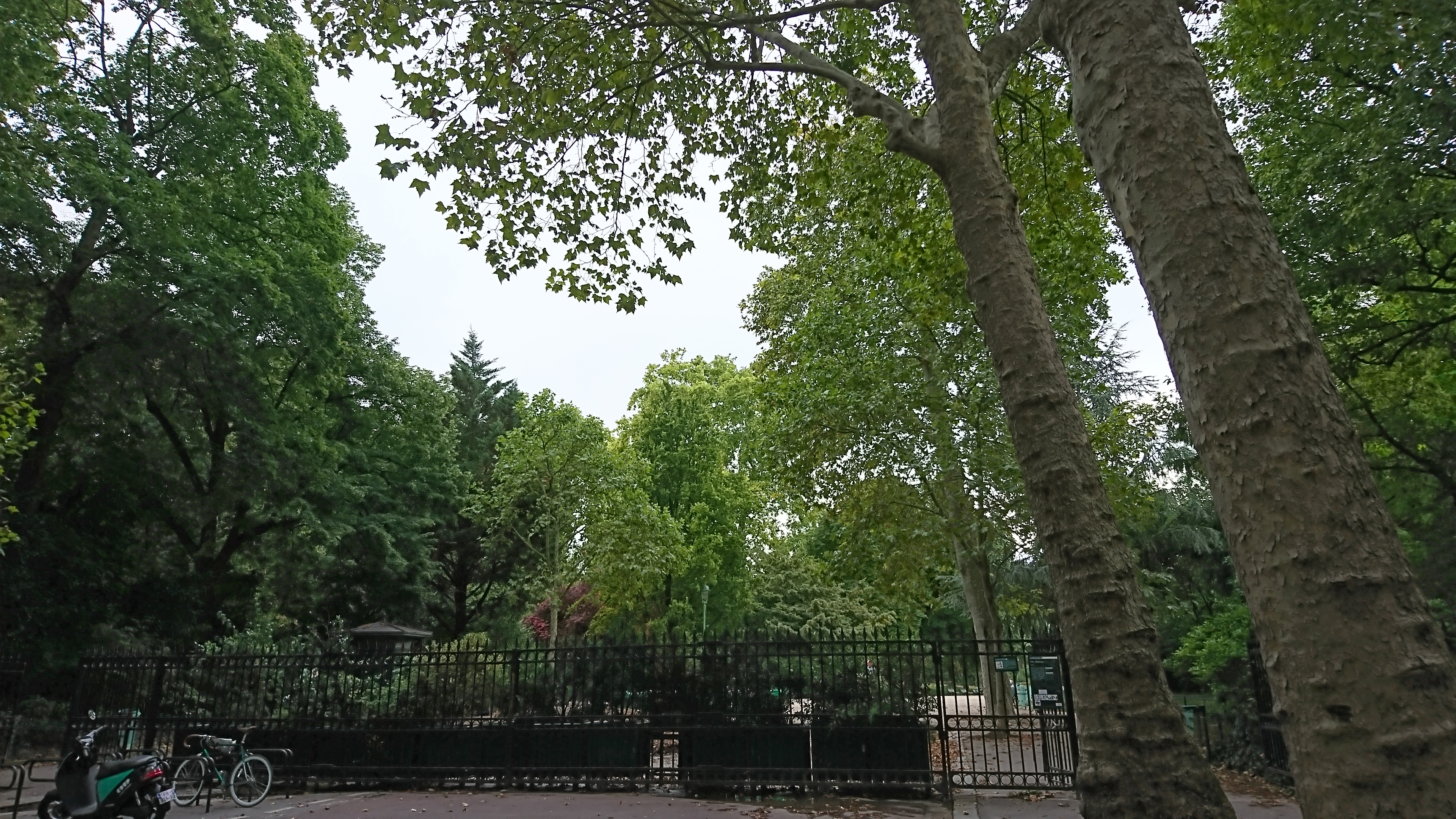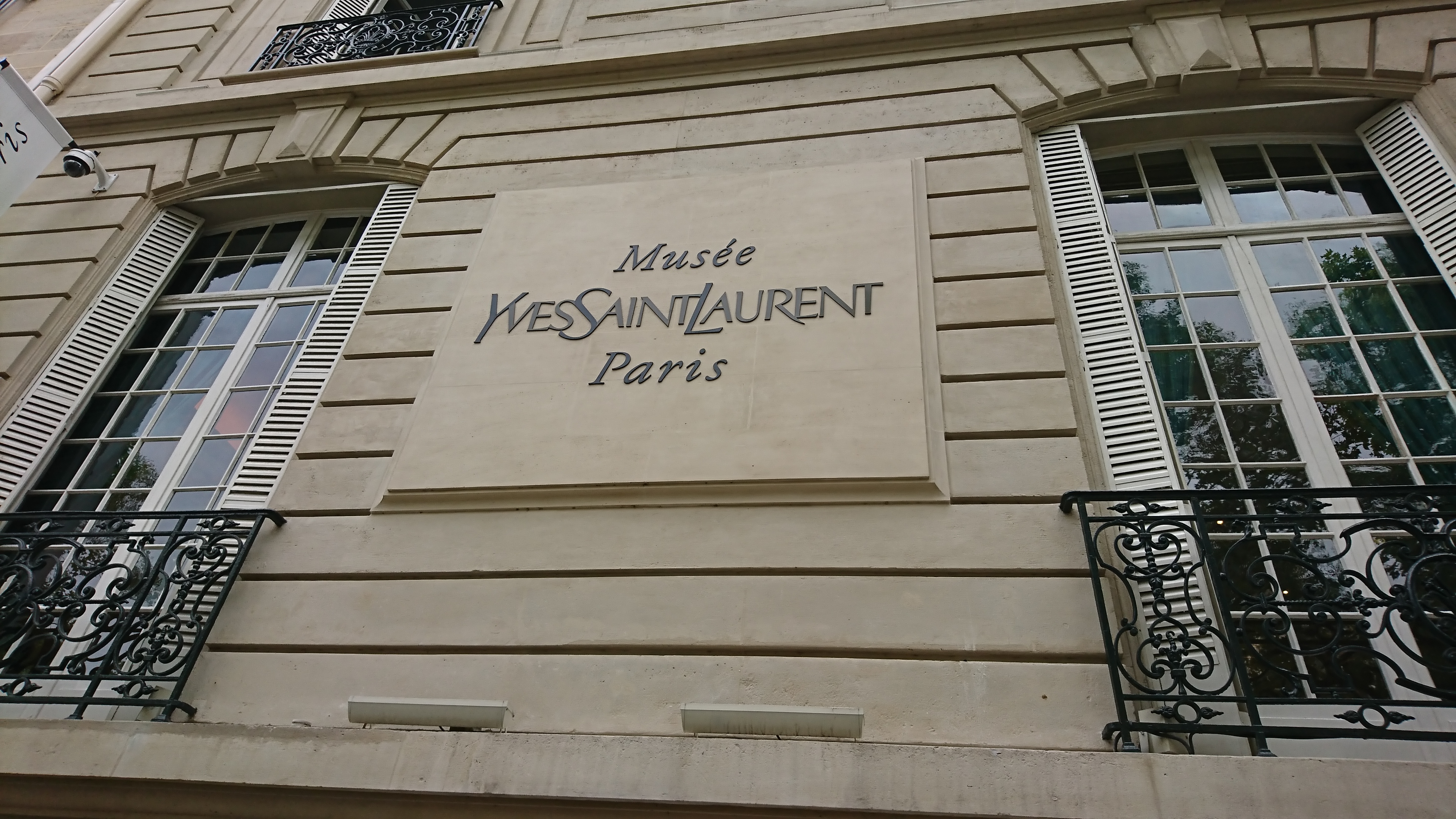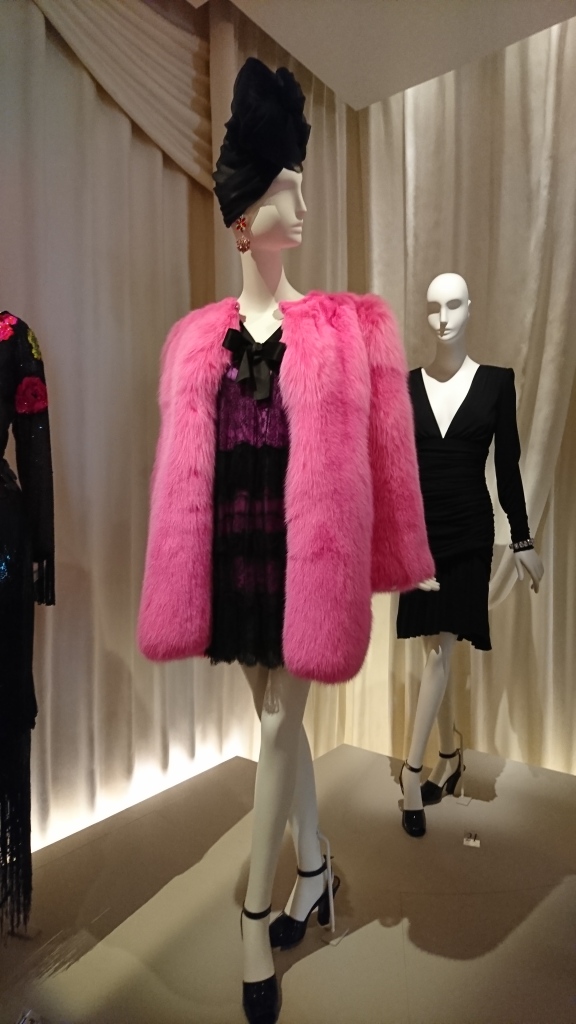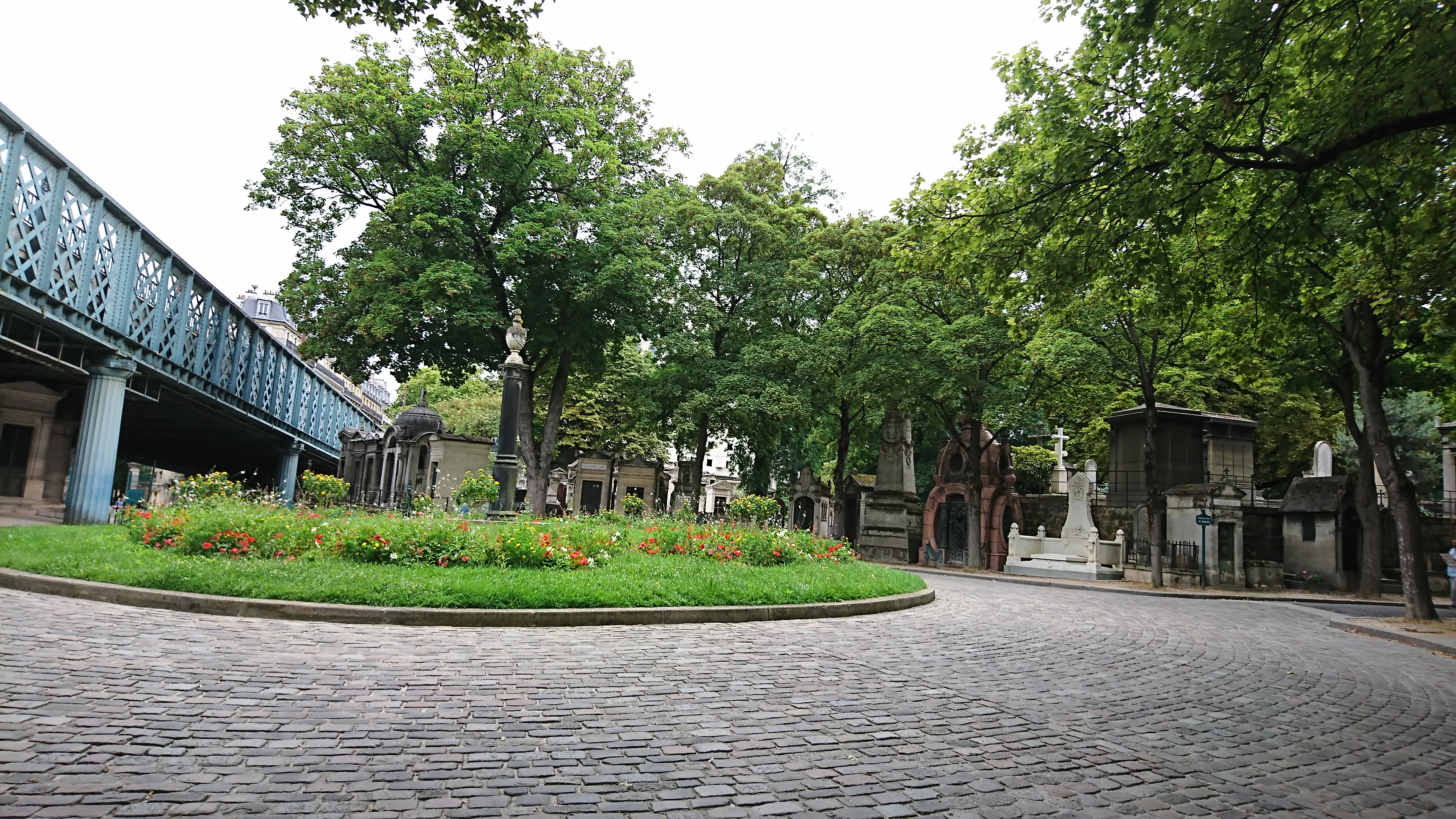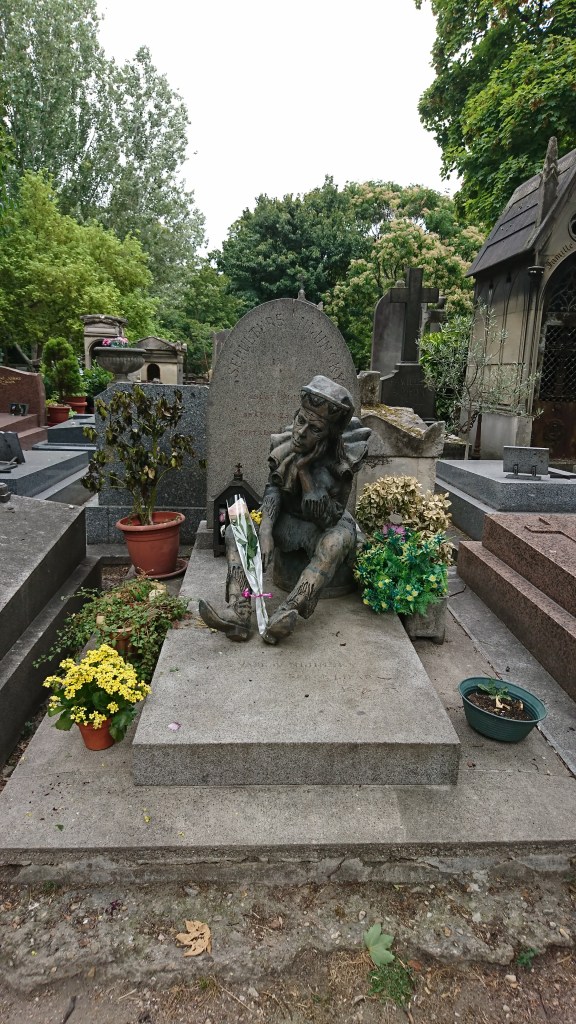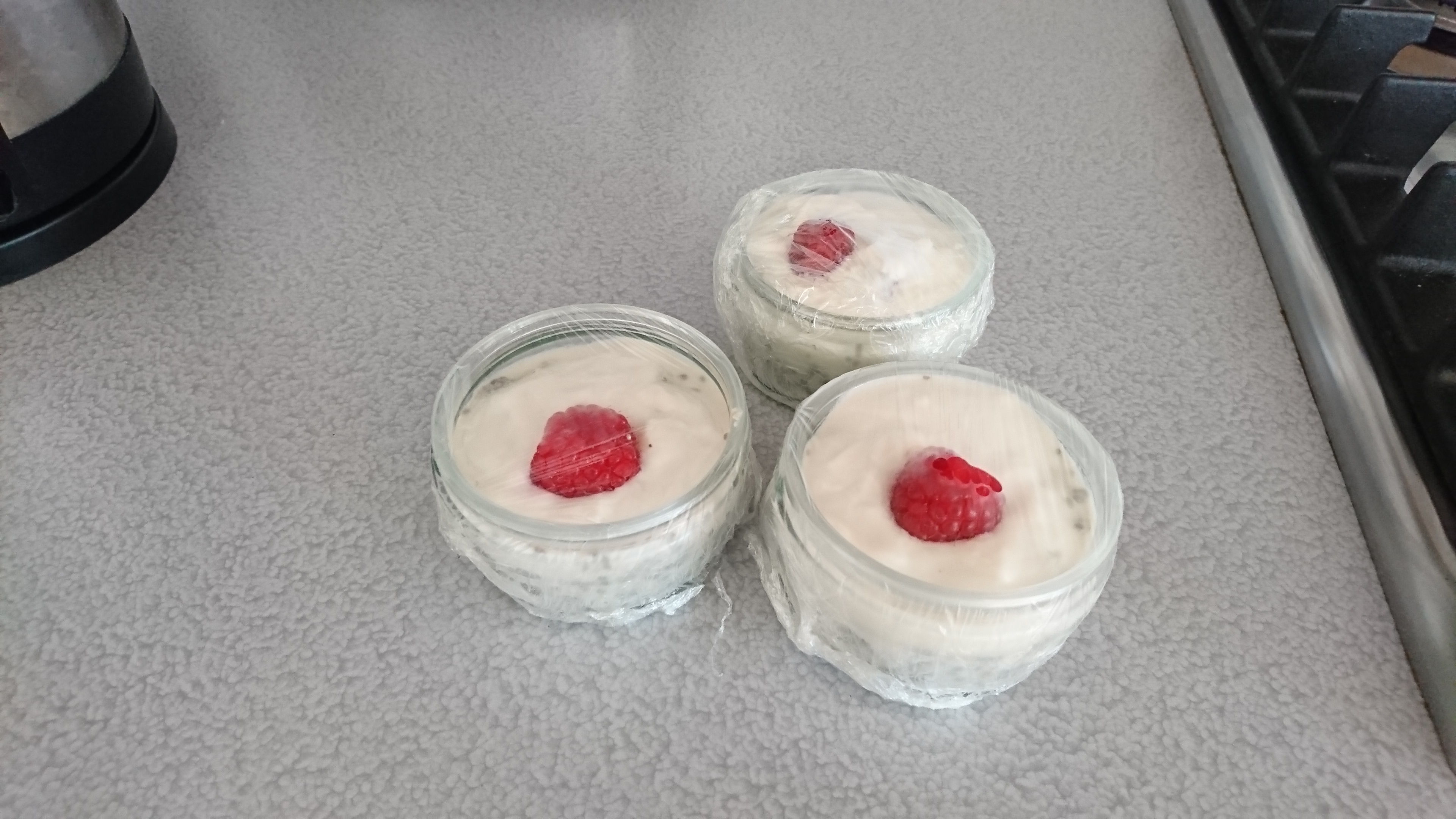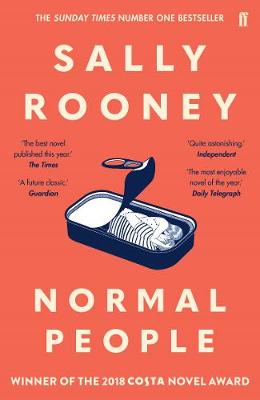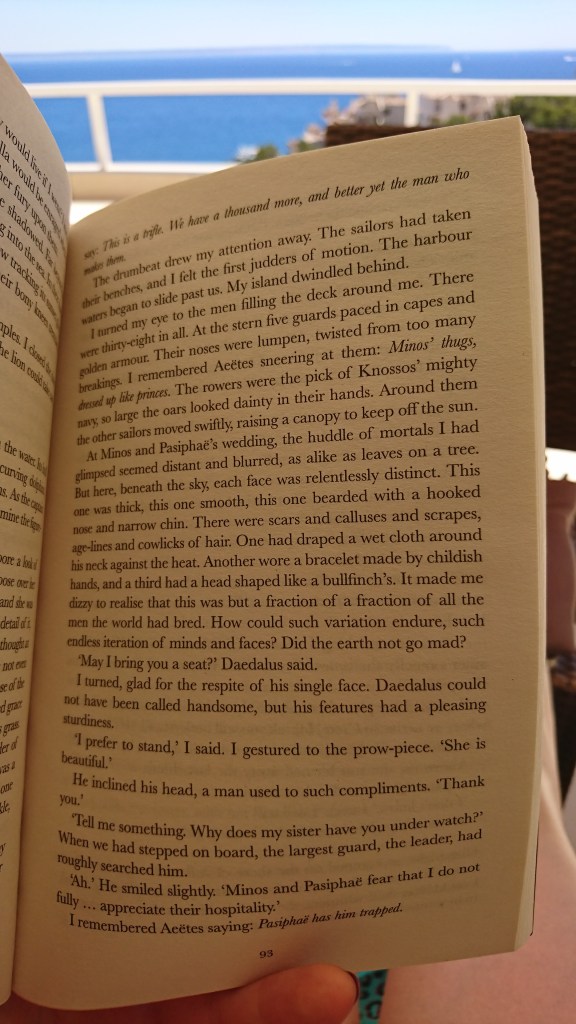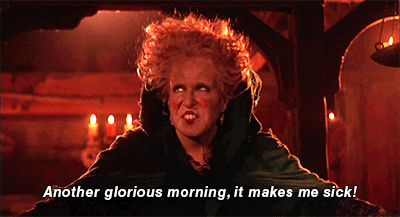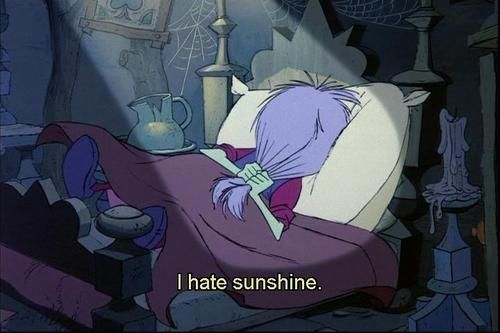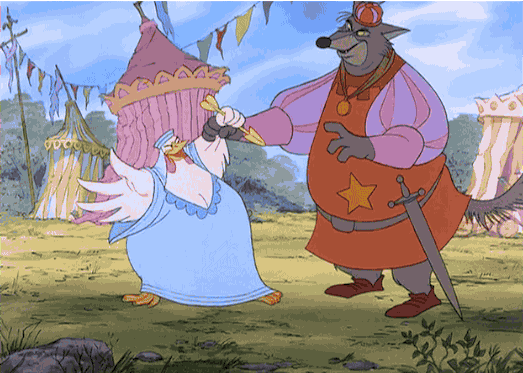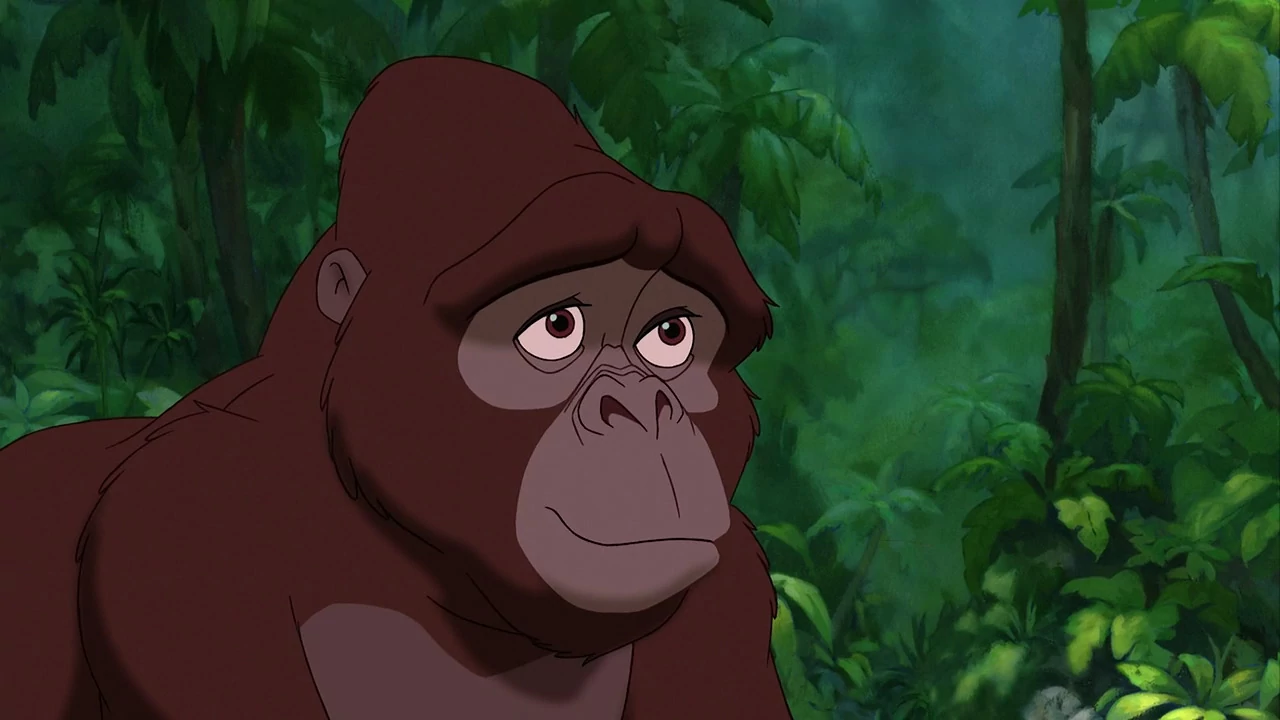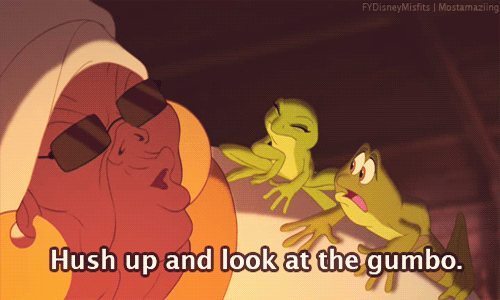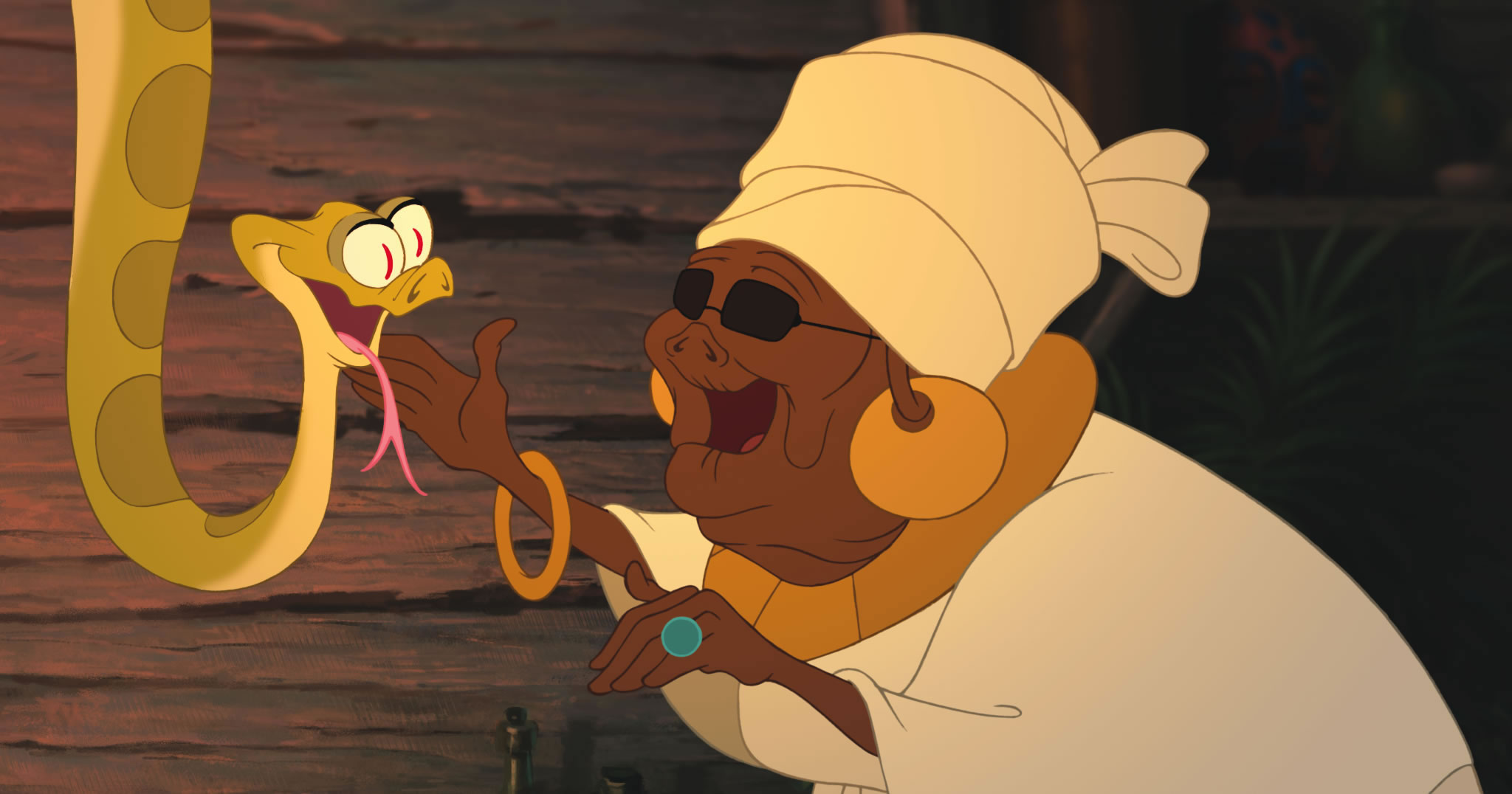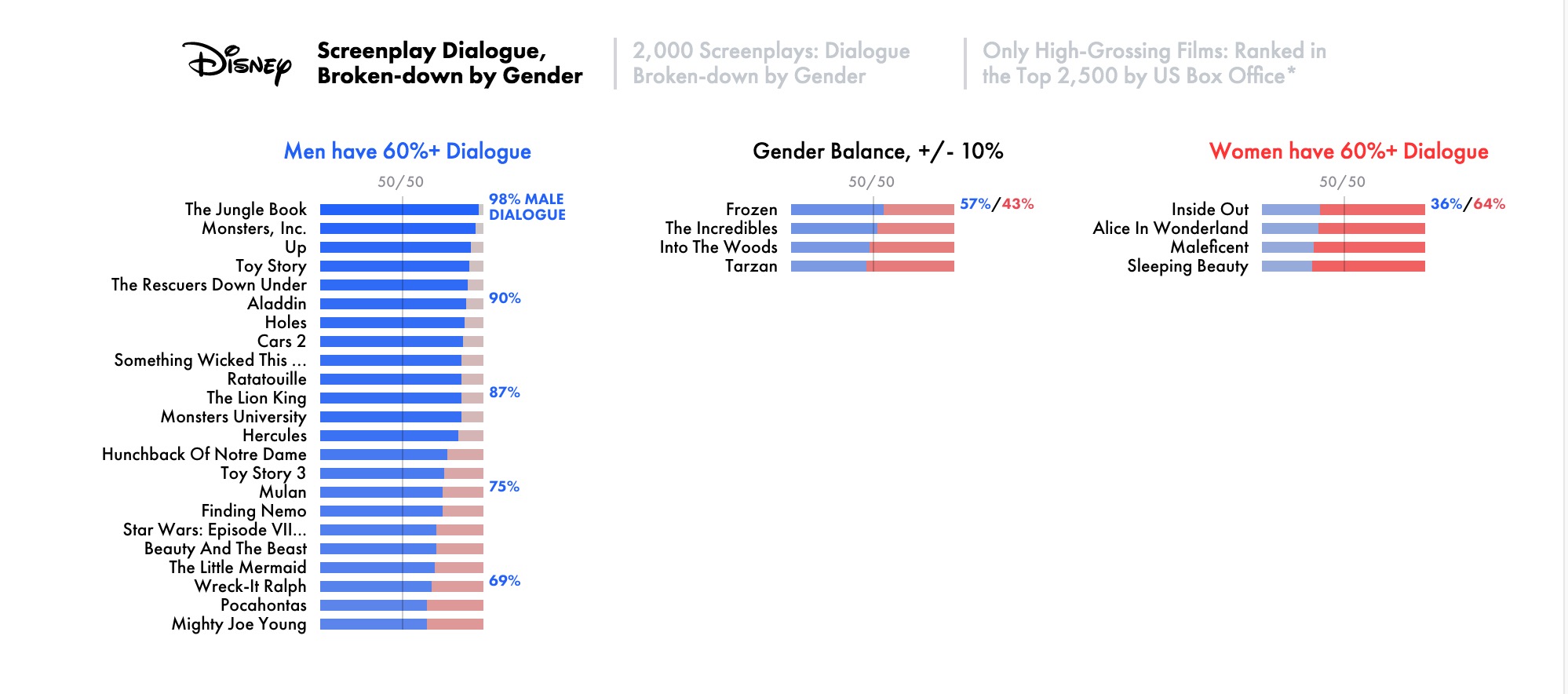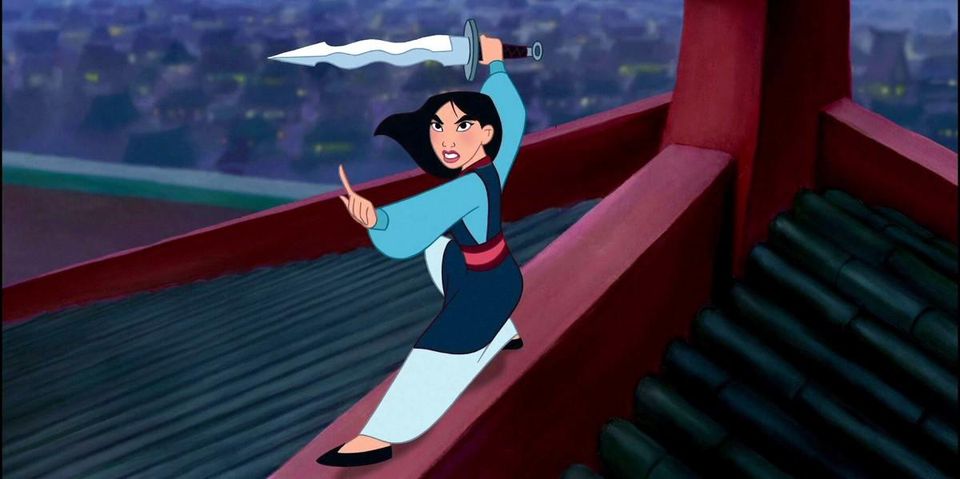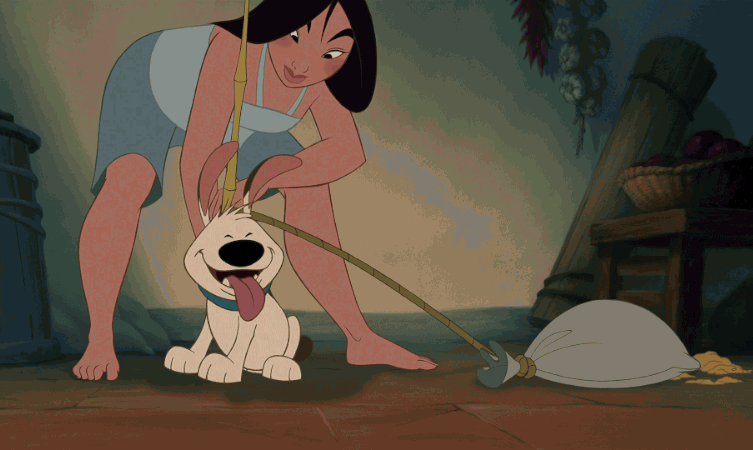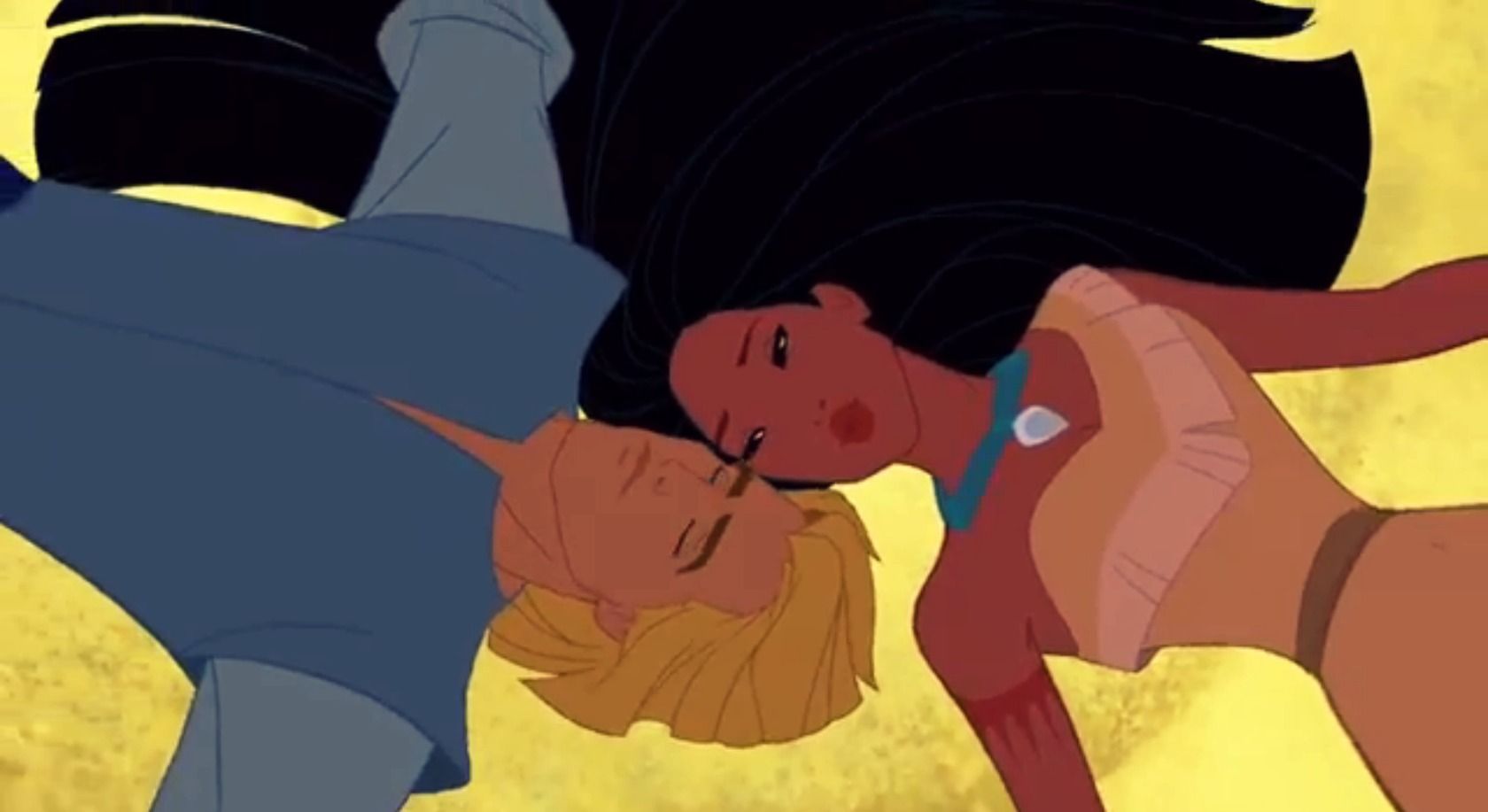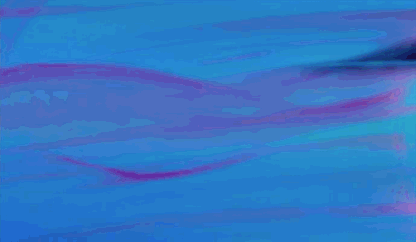No one:
Me: It’s Friday night. This week has been insane. Let’s get self-indulgent.
In honour of the release of Chemtrails Over the Country Club, the new LP from Lana Del Rey, I’ve created something of an homage to one of my all-time favourite songwriters. There is no doubt that Del Rey is a controversial and, at times, problematic figure (see my previous essays on this here and here). Her relationships with power, race and patriarchy have been generally and radically underdeveloped at times, which is being incredibly generous. Additionally, as her recent interview with Annie Mac attests, for someone who captures emotion and feeling with such succinct eloquence and beauty in song, she is terrible at articulating a verbal and coherent viewpoint to herself and others.
However, I critique because I love her and always expect better (as we all should with the cultural figures we look up to). Her songs are pure poetry and there is simply no one writing and crafting lyrics and music the way she does and has done since she first released Born To Die in 2012. Call it what you like: sadcore, baroque pop, dream pop. Without Del Rey and, I would argue, Frank Ocean and James Blake, we would not have the contemporary musical landscape we have now: vulnerable, melancholy, introspective and, in many ways, increasingly wise. Furthermore, I think we have been lucky to witness her transform from self-objectifying Lolita figure to a woman who runs with the wolves, bedding into the deepest facets of the Wild Woman archetype, and an advocate for healthy masculinity.
No matter how many people criticise her for having glamorised submission and abuse, there is a reason why her stories and her lyrics resonate with so many, in particular young women. Young women who are barely given the hint of a helpful roadmap to navigate the West’s patriarchal, white supremacist power structures with their spirits and souls still intact. She has given voice to the dark, shadowy feelings, experiences and dynamics that women have luxuriated in, surfed, cursed in themselves, acted upon without knowing way, forsaken or indulged over months, years and lifetimes. No wonder she has made people feel both extremely uncomfortable and seen. Those criticising her penchant for playing with façade and persona may not understand how imagery, persona and glamour are means of survival in a world that simply does not accept you the way that you are, in all of a woman’s emotional ebbs, flows, chaos and glory. With Chemtrails Over The Country Club, it seems we have Del Rey at her most retrospective. Without putting too fine a point on it, there does seem to be an eerie quality of finality to it.
With all this in mind, I give you a comprehensive run down of my favourite things regarding Lana Del Rey’s music, starting with my personal top ten Lana Del Rey songs (in no particular order):
- ‘Shades of Cool’, Ultraviolence
- ‘Heroin’, Lust for Life
- ‘Off To The Races’, Born To Die
- ‘Freak’, Honeymoon
- ‘Cola’, Paradise
- ‘Mariners Apartment Complex’, Norman Fucking Rockwell
- ‘The Greatest’, Norman Fucking Rockwell
- ‘13 Beaches’, Lust for Life
- ‘Brooklyn Baby’, Ultraviolence
- ‘Bartender’, Norman Fucking Rockwell
I’ve taken the liberty of listing my favourite Lana Del Rey lyrics and verses, all of which I typed out myself and, indeed, what joy it gave me to re-type and recall such rich and gorgeous words:
‘The poetry inside of me
Is warm like a gun’
– ‘Bartender’, Norman Fucking Rockwell
‘It doesn’t matter if I’m not enough
For the future or the things to come
‘Cause I’m young and in love’
– ‘Love’, Lust for Life
‘Give me Hallmark
One dream, one life, one lover,
Paint me happy and blue.
Norman Rockwell
No hype under our covers
It’s just me and you’
– ‘Venice Bitch’, Norman Fucking Rockwell
‘Summertime is nice and hot
And my life is sweet like vanilla is’
– ‘Without You’, Born To Die
‘I had a dream that I was fine,
I wasn’t crazy, I was divine’
– ‘I Can Fly’, Big Eyes Soundtrack
‘I don’t care what they say
Drag racing my little red sports car,
I’m not unhinged or unhappy
I’m just wild’
– ‘Chemtrails Over The Country Club’, Chemtrails Over The Country Club
‘Will you still love me when I shine
From words but not from beauty?’
– ‘Old Money’, Ultraviolence
‘Nothing gold can stay
Like love or lemonade
Or song or summer’s day
It’s all a game to me, anyway’
– ‘Music To Watch Boys To’, Honeymoon
‘Catch a wave and take in the sweetness
Think about it
The darkness, the deepness
All the things that make me who I am
[…]
Are you ready for it?’
– ‘Mariners Apartment Complex’, Norman Fucking Rockwell
‘Calling out my name
In the summer rain
Ciao amore
Salvatore can wait
Now it’s time to eat
Soft ice cream’
– ‘Salvatore’, Honeymoon
‘It’s fucking hot, hot
Winter in the city
Something ‘bout this weather
Made these kids go crazy.
It’s hot,
Even for February,
Something ‘bout this sun
Made these kids get scary’
– ‘Heroin’, Lust for Life
‘And who I am
Is a big-time believer
That people can change
But you don’t have to leave her.
When everyone’s talking
You can make a stand’
– ‘Mariners Apartment Complex’, Norman Fucking Rockwell
‘Maybe my contribution
Could be as small as hoping
That words would turn to birds
And birds would send my thoughts
Your way’
– ‘Coachella – Woodstock In My Mind’, Lust for Life
‘Think I’ll miss you forever
Like the stars miss the sun in the morning sky
Waiting’s better than never
And even if you’re gone
I’m going to drive’
– ‘Summertime Sadness’, Born To Die
‘You hate the heat, you got the blues
Changing like the weather
Oh, that’s so like you.
The Santa Ana moves you’
– ‘California’, Norman Fucking Rockwell
‘Sometimes it feels like I’ve got
A war in my mind.
I want to get off
But I keep riding that ride.
I never really noticed that I had to decide
To play someone’s game
Or live my own life.
And now I do.
I want to move
Out of the black
And into the blue’
– ‘Get Free’, Lust for Life
‘I can feel it coming in the air tonight
See you walking on that blue Pacific
I can see you bathing in the summer light
Turning tan and you look terrific
You got game boy’
– ‘Guns and Roses’, Ultraviolence
‘I only mention it
Because it was such a scene
And I felt seen’
– ‘White Dress, Chemtrails Over The Country Club
‘I’d be lying if I said
I wasn’t sick of it’
– ‘Heroin’, Lust for Life
If you are still here, I have compiled a list of the best Lana Del Rey bops. I understand that not everyone wants to spend their evening wallowing in the inky waves of melancholy, so, here are some of her most up-beat songs. No less poetic, but a little more frivolous and fun to keep you from feeling too blue:
- ‘Fuck It I Love You’, Norman Fucking Rockwell
- ‘Florida Kilos’, Ultraviolence
- ‘National Anthem’, Born To Die
- ‘Burning Desire’, Paradise
- ‘Doin’ Time’, Norman Fucking Rockwell
- ‘In My Feelings’, Lust for Life
- ‘High By The Beach’, Honeymoon
- ‘Fucked My Way Up to the Top’, Ultraviolence
- ‘Summer Bummer’, Lust for Life
- ‘Diet Mountain Dew’, Born To Die
Here are my picks for her most underrated songs:
- ‘West Coast’, Ultraviolence
- ‘Coachella – Woodstock In My Mind’, Lust for Life
- ‘Terrance Loves You’, Honeymoon
- ‘Brooklyn Baby’, Ultraviolence
- ‘Change’, Lust for Life
And her, perhaps, most overrated songs:
- ‘Cherry’, Lust for Life
- ‘Lust for Life’, Lust for Life
- ‘High By The Beach’, Honeymoon
- ‘Gods and Monsters’, Paradise
- ‘Beautiful People, Beautiful Problems’, Lust for Life
And the biggest question of all: which is the best Lana Del Rey album, so far?
I am very hopeful after my first listen of Chemtrails Over The Country Club. So far, I am loving ‘White Dress’, ‘Tulsa Jesus Freak’ and ‘Not All Who Wander Are Lost’ (any song with a ‘Lord of The Rings’ reference gets a massive thumbs up from me). Ultimately, however, and even in light of the divine Norman Fucking Rockwell, I still think my heart lies with Ultraviolence. I will never get over Del Rey working with Dan Auerbach, and I definitely think it’s her most cohesive and complete work.
I’m curious to know if there are any here with which you agree, disagree or that are missing altogether! Please feel free to comment or message.
And, because she went there (and in case anyone particularly cares): my moon’s in Taurus, my Cancer is Sun (with Cancer Rising). If you know, you know.


